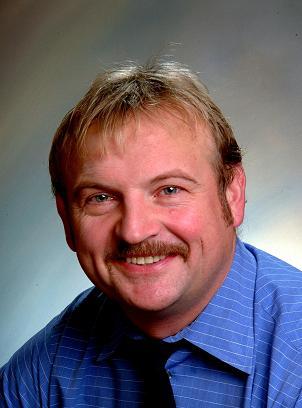

 Reference Site Map |
|
|

One of the widely feared viral illnesses in North America during the first half of the twentieth century was poliomyelitis. Caused by the poliovirus, it often attacked the neuromuscular system and was also called infantile paralysis. It is a disease that dates back millennia. We barely hear about it today. It is one of the success stories of modern immunization which is taken for granted. In 1952 alone over 58,000 cases were reported in America. Compare that to less than 500 cases reported worldwide in 2002.
Polio is spread by poor hygiene. There are several types of viruses known. They multiply in the gastrointestinal tract and can be spread by blood to invade the motor neurons in the spinal cord. This can cause weakness or paralysis in the muscles these neurons control. Most infected persons are asymptomatic but a minority goes on to develop paralytic polio. This involves muscle weakness, wasting and shortening of muscle groups, bladder paralysis and more. With the aid of iron lung machines, braces and crutches many people survived the acute infection. One estimate suggests that there are over one million such polio survivors in North America today. Half of these survivors are living with some form of disfigurement or paralysis.
The introduction of the Inactivated Polio Vaccine (IPV) in 1955 by Dr. Jonas Salk saw a dramatic reduction and almost eradication of the disease. However, by the 1970's, increasing numbers of survivors were reporting strange new symptoms involving extreme fatigue, new muscle weakness and pain, sleep problems, joint pains, cold intolerance and general inability to get through the day. When functioning polio survivors deteriorate without adequate explanation in the presence of medical investigations, the term Post-Polio Syndrome is now used.
Post-Polio Syndrome (PPS) is thought to be related to how the combined nerve and muscle units heal. This motor unit is thought to restructure itself by a single neuron driving many more muscle units than usual. This is thought to lead to fatigue with overuse. There is no definitive test to diagnose the condition, nor is there a universal treatment. Physical measures involving more rest or the use of aids along with analgesics are the current standards. Most of the commonly employed neurological agents yield marginal results when applied to PPS. One area of some hope involves agents that might stimulate regeneration of the fatigued motor neurons.
Related resources: